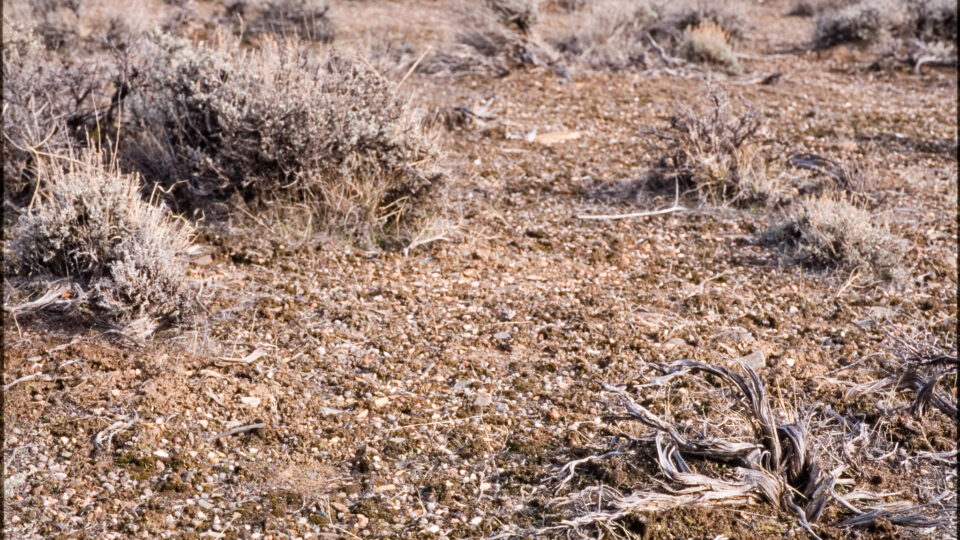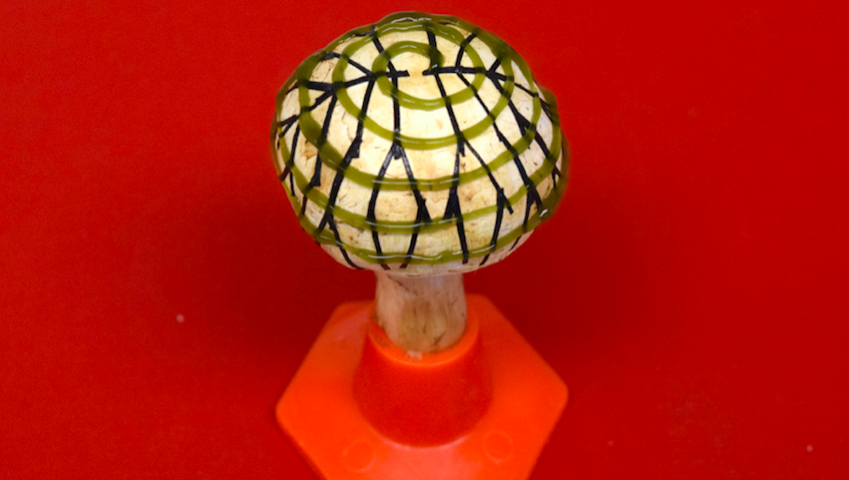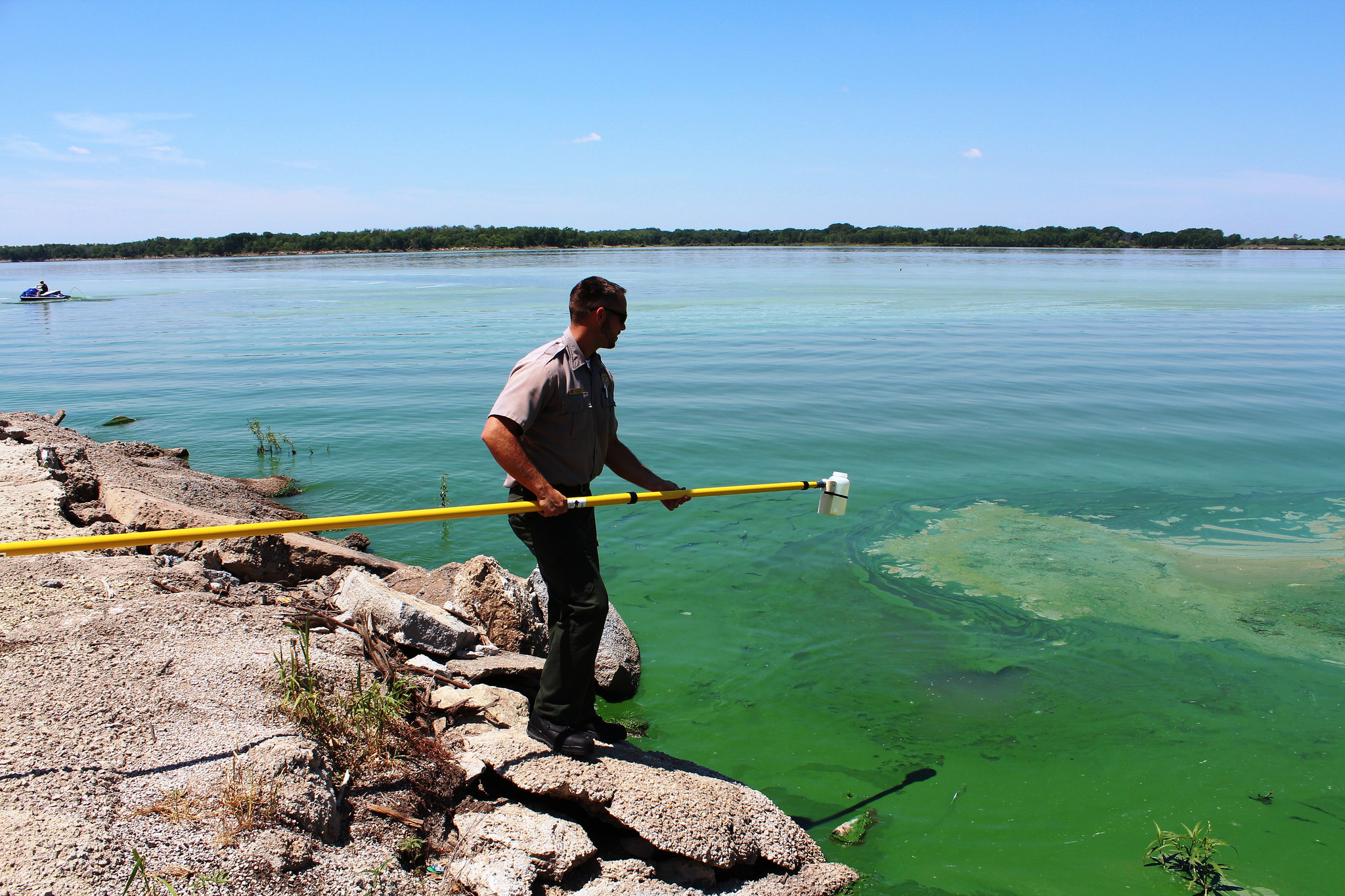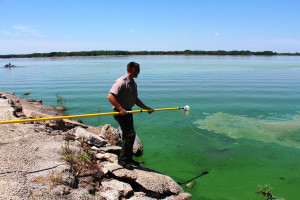Biocrusts are complex ecosystems that form a thin layer on the surface of soils in arid and semiarid environments. They are composed of variety of microbes including cyanobacteria, green algae, fungi, lichens, and mosses. Biocrusts play a crucial role in maintaining soil health and ecosystem sustainability.
Biocrusts are under assault from human activities including agriculture, urbanization, and off-road vehicle use. Climate change is also placing stress on biocrusts, which are struggling to adapt to increasing temperatures.
Researchers at Arizona State University have proposed a novel approach to restoring healthy biocrusts. Their idea is to make use of solar energy farms as nurseries for generating fresh biocrust. The arrays of solar panels serve as shields from excessive heat and allow biocrusts to flourish and develop. The newly generated biocrusts can then be used to replenish arid lands where the existing biocrusts have been damaged or destroyed.
When such biocrusts are harvested, the natural recovery process is rather slow, taking around six or eight years to fully recuperate. But the researchers found that when harvested areas are reinoculated with the microbes, the biocrust cover can reach near-original levels within a year.
The ASU researchers demonstrated the viability of the approach in a three-year study at a solar farm in Arizona’s lower Sonoran Desert. Based on their results, they conclude that the use of large solar farms for this purpose could provide a low-cost, low-impact, and high-capacity method to regenerate biocrusts and enable soil restoration on a regional scale. They have dubbed their new approach as “crustivoltaics.”
**********
Web Links
Using solar farms to generate fresh desert soil crust
Photo, posted March 12, 2023, courtesy of Eric Peterson via Flickr.
Earth Wise is a production of WAMC Northeast Public Radio



